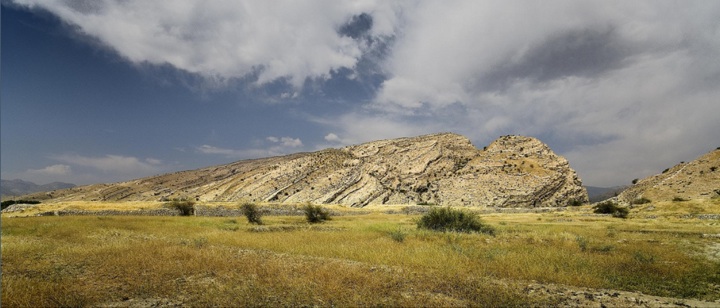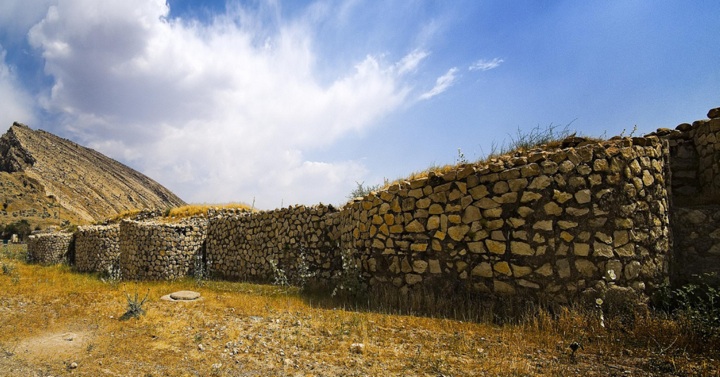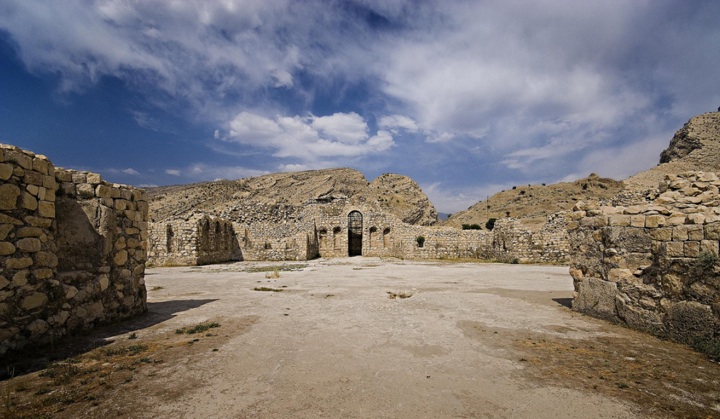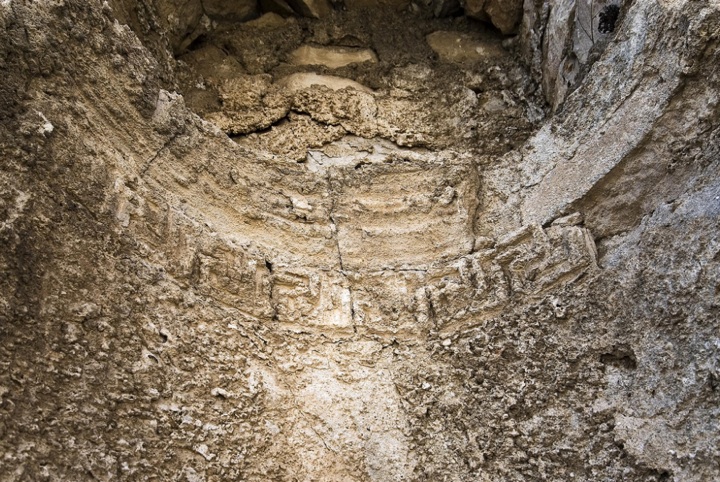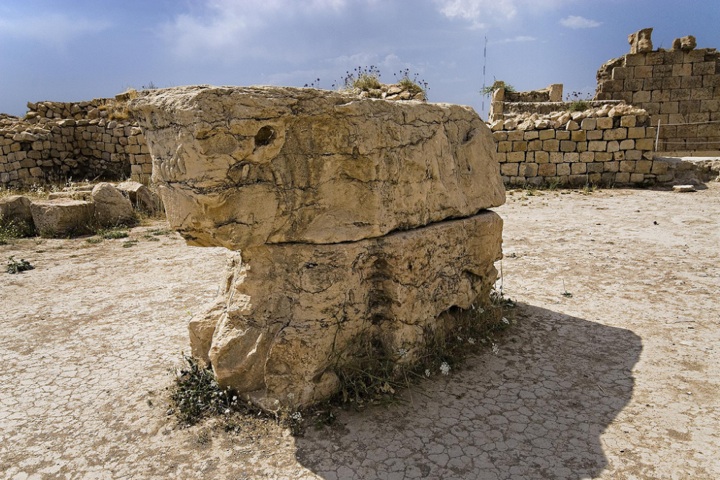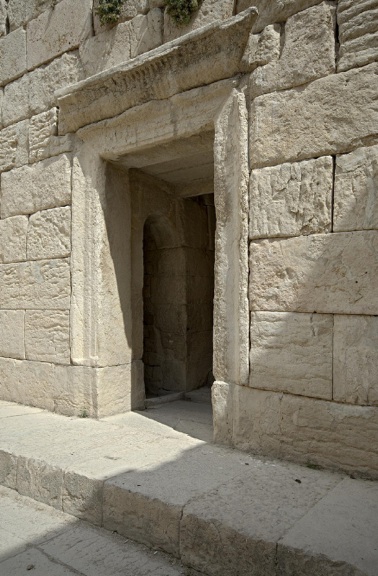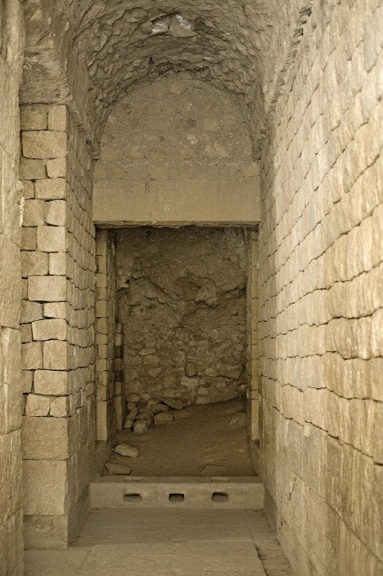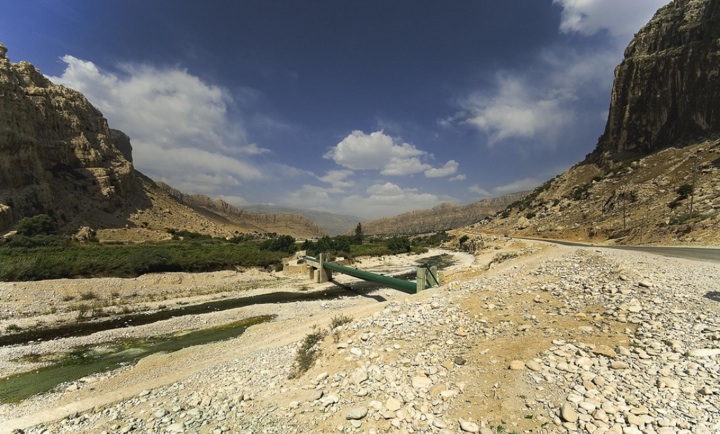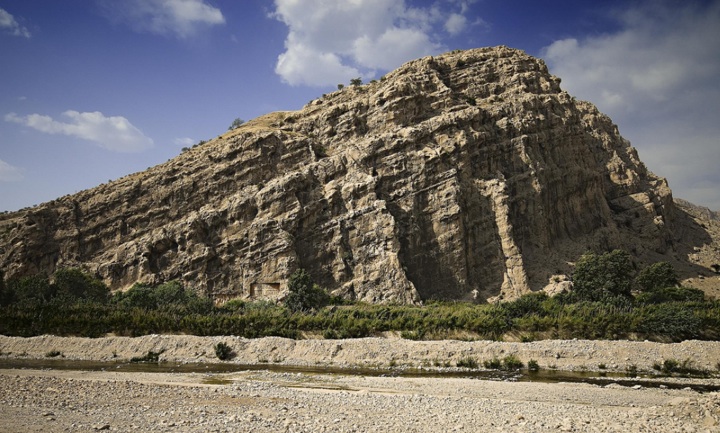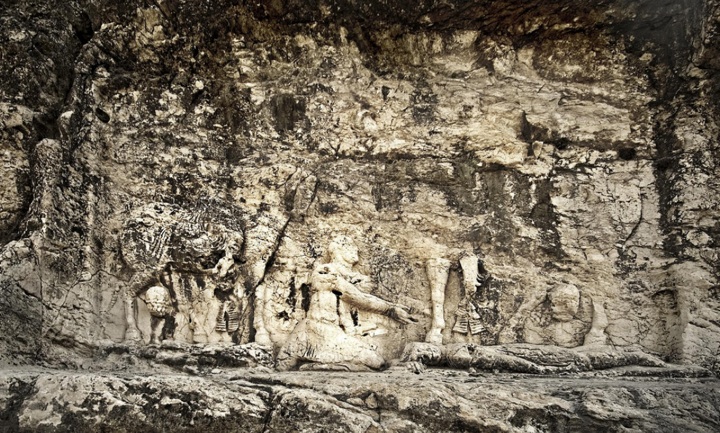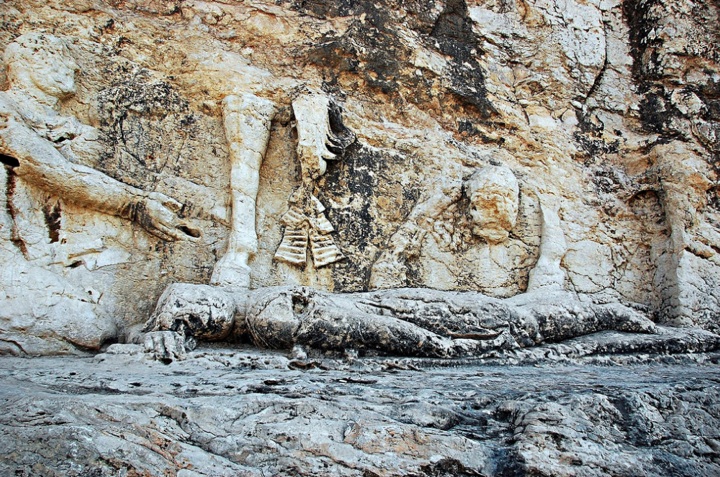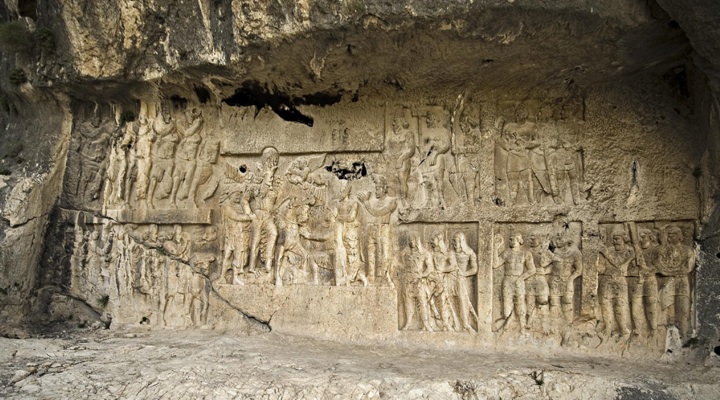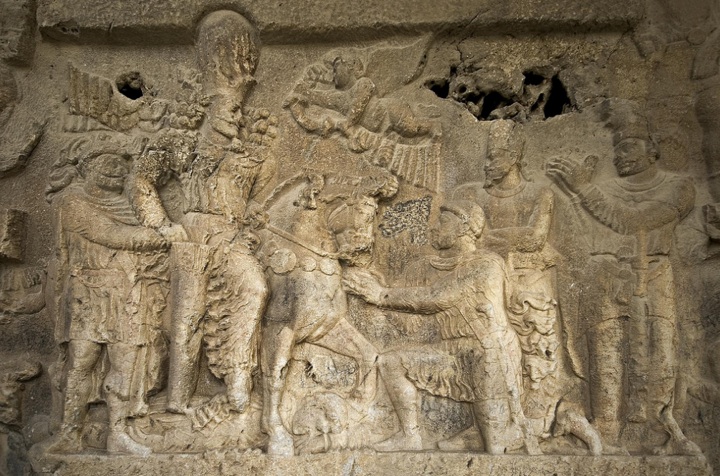![]()
Wikipedia: Bishapur (or Bishâpûr) is an ancient city situated south of modern Faliyan, Iran on the ancient road between Persis and Elam. The road linked the Sassanid capitals Istakhr (very close to Persepolis) and Ctesiphon. Bishapur was built near a river crossing and at the same site there is also a fort with rock-cut reservoirs and a river valley with six Sassanid rock reliefs. According to an inscription, the city itself was founded in 266 by Shapur I (241-272), who was the second Sassanid king, restored the borders of the empire to where they had been in the Achaemenid Persian period, inflicting a triple defeat on the Romans. In his native province of Fars, he built a new capital that would measure up to his ambitions: Bishapur, Shapur’s City. The city was not laid out in the circular design inherited from the Parthians, but followed the grid (Hippodamian) plan used by the Greeks. Outside the city, Shapur decorated the sides of the Bishapur River gorge with huge historical reliefs commemorating his triple triumph over Rome. One of these reliefs, in a semicircular shape, has rows of registers with files of soldiers and horses, in a deliberate imitation of the narrative scenes on the Trajan column in Rome. At Bishapur the king also inaugurated the Sassanid imagery of the king’s investiture, which would be copied by his successors: the king and the god are face to face, often on horseback, and the god – usually Ahura Mazda – is holding the royal diadem out to the sovereign >>>
>>> More photos from Iran by youngrobv
>>> Video: Shapur the Great


